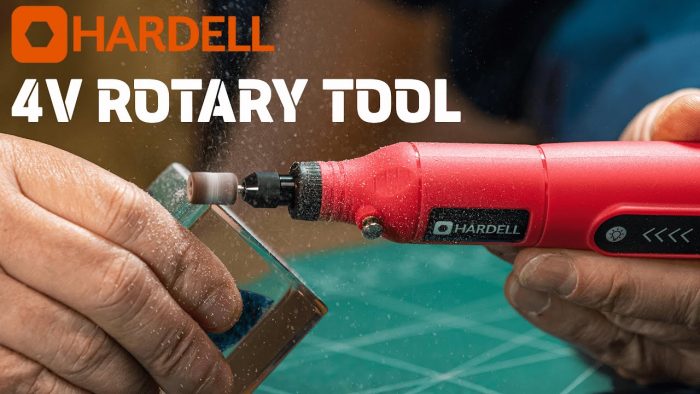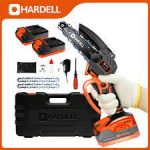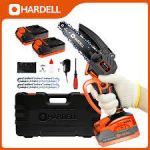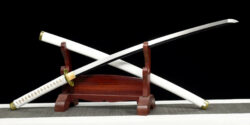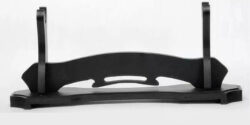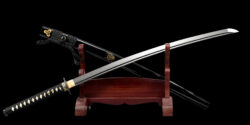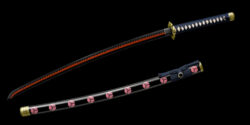Woodworking 101: Everything You Need To Know
Woodworking is a very unique and interesting craft. There are all kinds of things you can make with wood, both small and large. If you want to know more about honing your craft, continue reading to find out more about how you can get better skills when it comes to woodworking.
Don’t neglect sanding your wood. Sanding may be tedious, but the quality of your workmanship will suffer if you leave the scrapes and nicks where they are. Not to mention, those scratches and nicks absorb more stain and paint, making them stand out more, and making your work look shoddy.
Organize your shop’s extension cords to keep your shop safe and tidy. You can make your own cord keeper with nothing more than a scrap piece of wood. Simply cut a piece of wood in the shape of an I and wrap each of your extension cords around the wood.
Woodworking can be expensive. The actual wood is one of the most expensive parts of any project. The rest of the cost is usually labor, glue and hardware. Sometimes you can save some money by buying a cheaper grade of wood for areas of your project that are not visible. Areas like drawers, backs and bottoms are excellent places to use this wood.
Gel stains are the new big thing for staining furniture and other wood projects that need staining. Liquid tends to run after it’s put on, whereas a gel stain sticks to the wood much better. Furthermore, since a gel stain is thicker it tends to remain constant through the application process, which lets it be more even on the furniture.
Whenever you work with power tools, be sure your clothing is tucked in properly. Any loose clothing or long, dangling hair or jewelry can easily become tangled in the tool, leading to injury or other disaster. Tuck everything in, pull back your hair, take off dangling jewelry and then get down to work.
Do not make the mistake of buying woodworking supplies based on the price alone. This can turn out to be a mistake that will cost you more in the end. If the supplies you buy are not very good quality, they will wear out sooner than more expensive tools, which means you will have to replace them much sooner.
Remember the quote, “Measure twice, cut once.” When it comes to cutting wood, you always want to ensure you have the right measurements before you begin cutting. Otherwise, you will have to buy more wood, which will cost you a lot of money. You can avoid this dilemma by ensuring proper measurements.
Glue can cause nasty stains on your finished work. You can eliminate stains easily using a piece of tape. First, clamp your wood together without any glue. Put a piece of tape over the joint. Cut the tape on the joint with a sharp knife. You can now clamp the wood together with glue and any excess will ooze onto the tape, not the wood.
Avoid being a perfectionist with tape measures. Story sticks are good to use, and you can slowly work up to your cut. Using scrap wood for a practice cut is a good way to experiment with your project. Having a variety of ways to plan out your cuts keeps you from mental boredom.
Before you paint your wood project, make sure that you have properly sanded the piece. Start with a coarser grade of sand paper, then gradually change to a finer grade. After sanding, wipe your project with a tacky cloth to pick up residual wood dust. After that, your piece will be ready to be painted.
One thing to keep in mind with woodwork is always crowning your wood. This is done by looking down the edge of your lumber and finding the high side. Always put the high side up, which will create a more uniform and more supportive floor and roof line for your home.
Knocking a few beers back during down time can be a lot of fun. However, you never want to mix drinking with machinery such as saws. Never drink any alcohol while you are working a project. This is also true of both illicit and legal drugs.
Make accurate lines and measurements by using a drafting square instead of a drywall square, yardstick or ruler. Drafting squares are smaller and easier to manage and are much more accurate than any of these tools. This is a handy tool to keep at your side because it is smaller. Additionally, drafting squares are very affordable, selling for about five bucks at any art supply store.
When you need to finish, sand, shape, file or cut a small item, you may wish to glue it to a pedestal stick rather than attempting to clamp it. Clamps can be cumbersome when doing fine work, and sometimes, it is not even possible to use a clamp. A dot of hot glue will hold your small piece in place, and you can simply pop it free using a putty knife when finished.
Clean tools last longer; therefore, it is important to clean your tools after each use. Dip a shop rag into a small amount of acetone and wipe each tool to remove any build-up. Afterwards, dip a different shop rag into machine oil and wipe the metal of each tool to help prevent rusting.
When working on heaving woodworking machinery, like a band saw, or a lathe, keep distractions to a minimum. One slip can cause the ruin of your project. No only that, but you can get injured as well. Always pay 100% attention to what you are doing and keep your eye on your work.
Now that you’ve read through these tips, you are better equipped to get to some woodworking. It does take rotary tool and practice, but it is such a peaceful experience. Woodwork is all about creating something unique, so just let your mistakes and experiences guide you as you practice what you’ve read.
